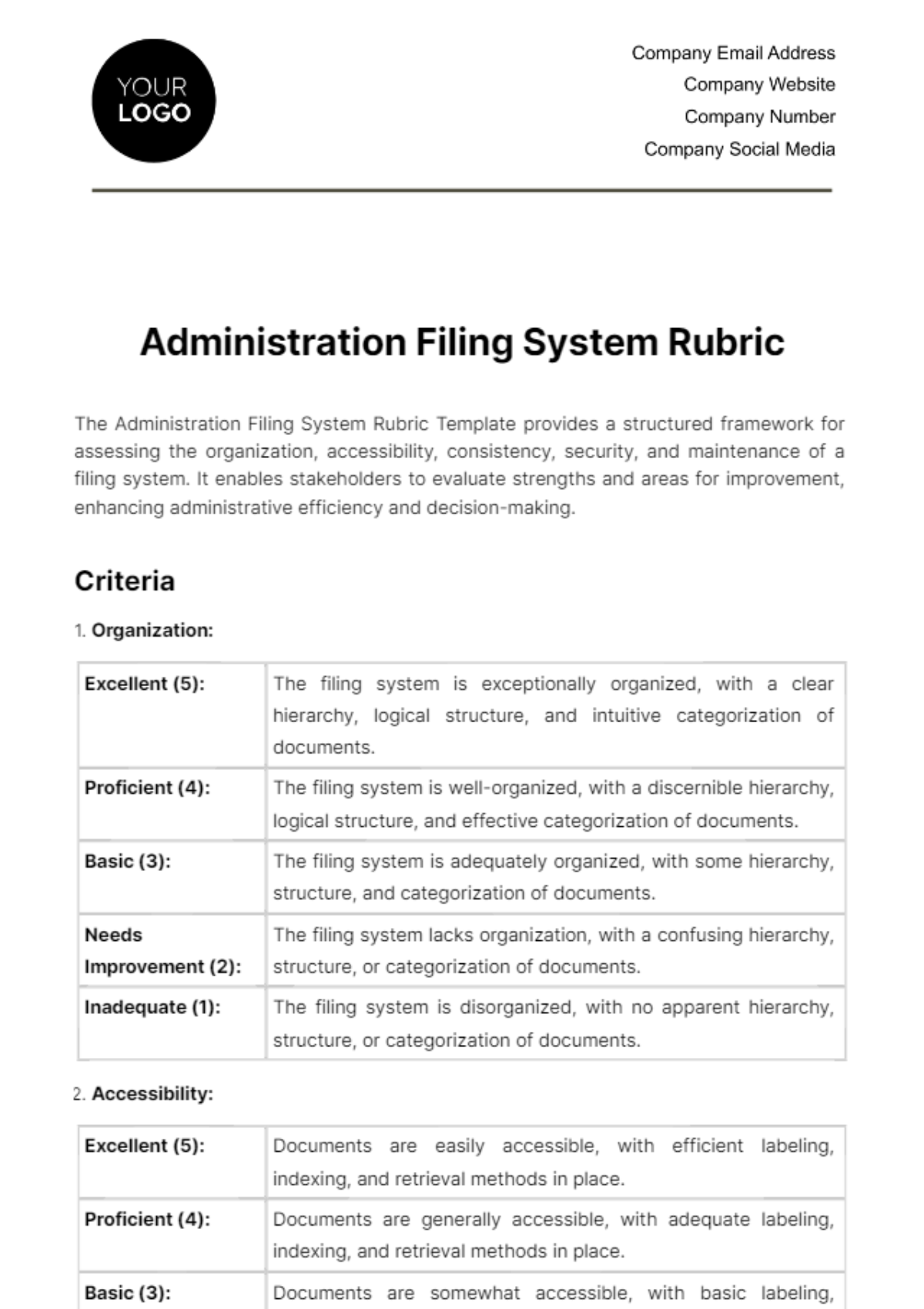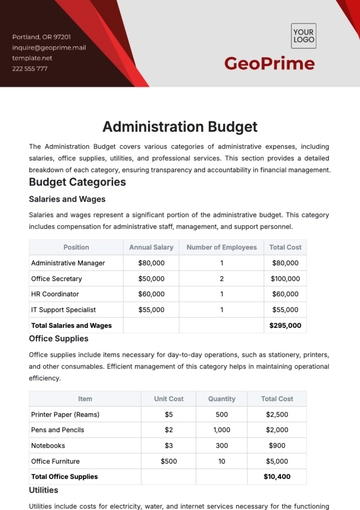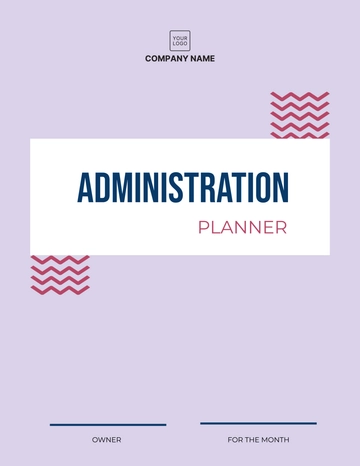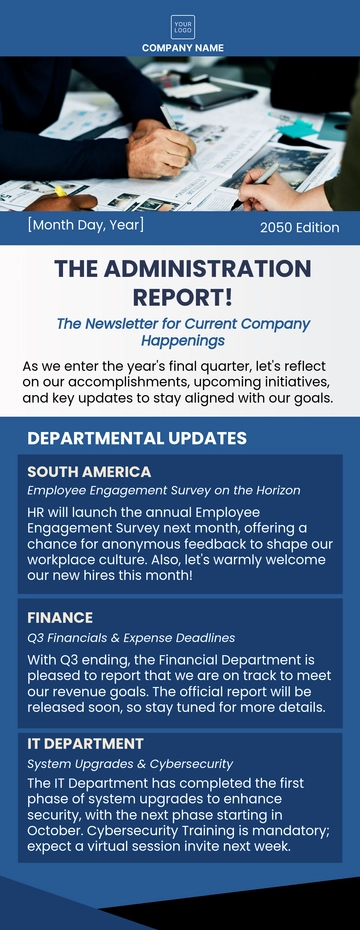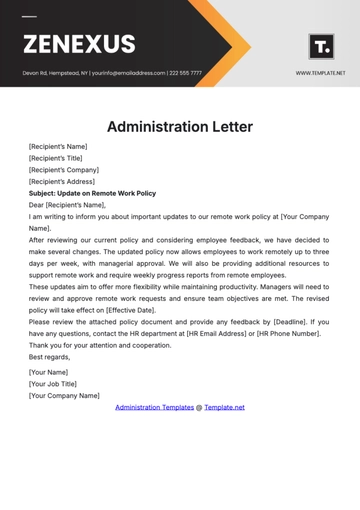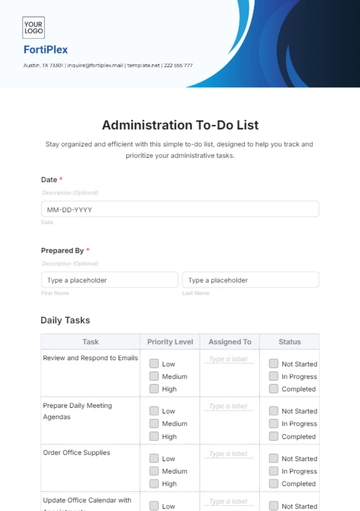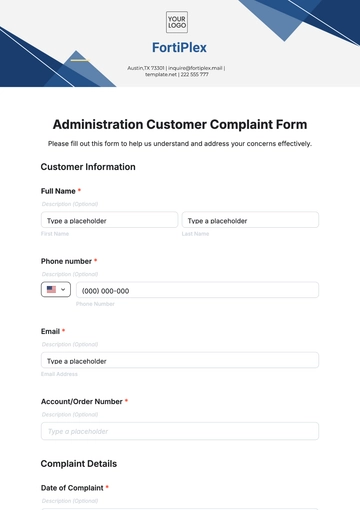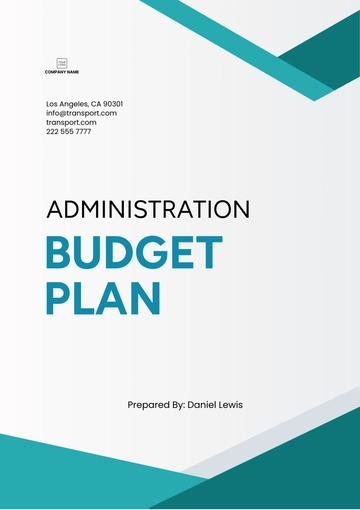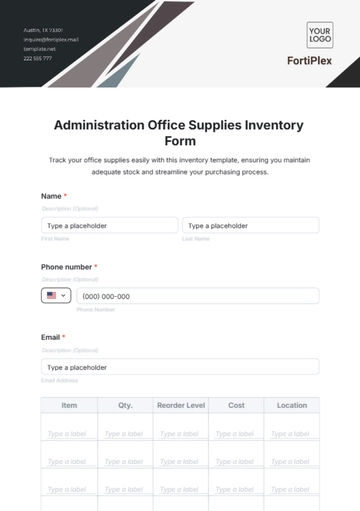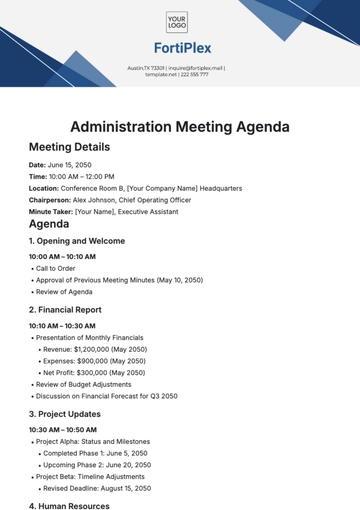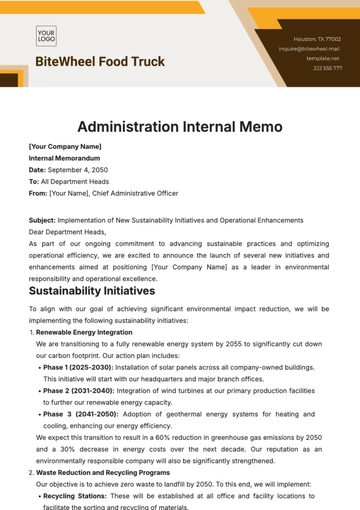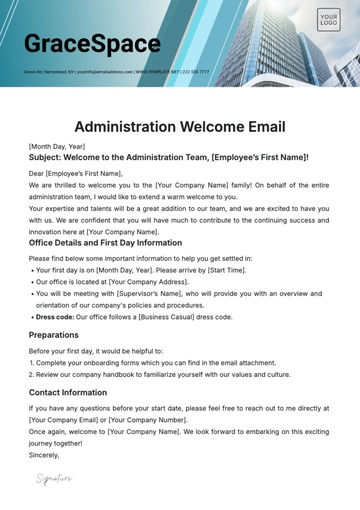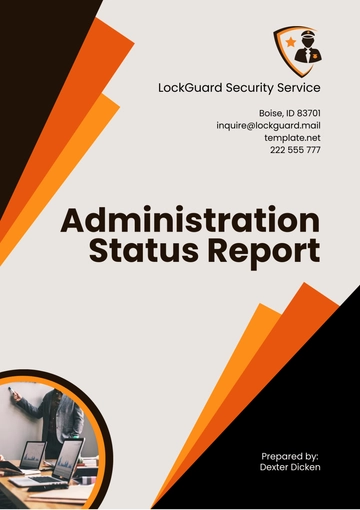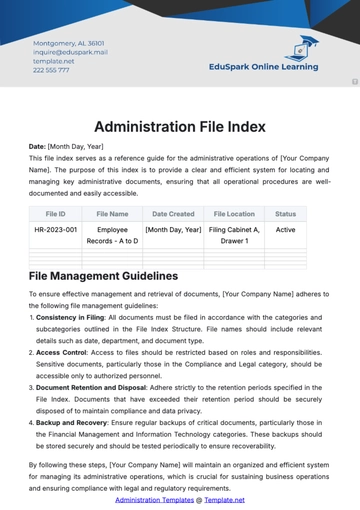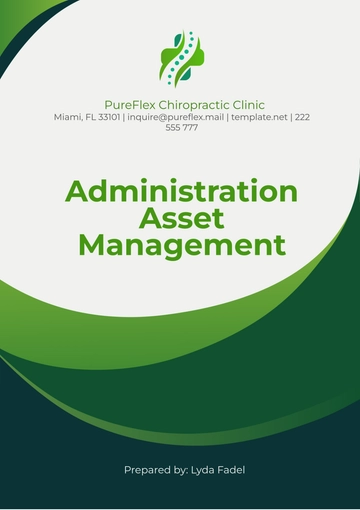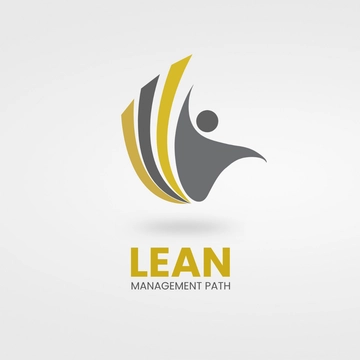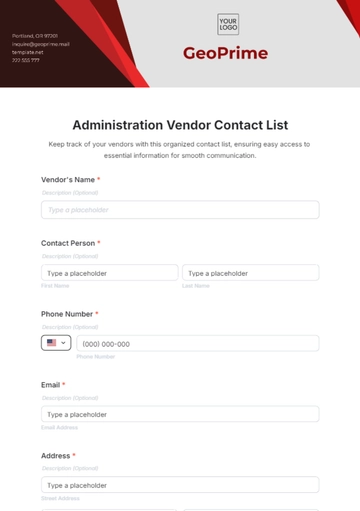Administration Filing System Rubric
The Administration Filing System Rubric Template provides a structured framework for assessing the organization, accessibility, consistency, security, and maintenance of a filing system. It enables stakeholders to evaluate strengths and areas for improvement, enhancing administrative efficiency and decision-making.
Criteria
Organization:
Excellent (5): | The filing system is exceptionally organized, with a clear hierarchy, logical structure, and intuitive categorization of documents. |
Proficient (4): | The filing system is well-organized, with a discernible hierarchy, logical structure, and effective categorization of documents. |
Basic (3): | The filing system is adequately organized, with some hierarchy, structure, and categorization of documents. |
Needs Improvement (2): | The filing system lacks organization, with a confusing hierarchy, structure, or categorization of documents. |
Inadequate (1): | The filing system is disorganized, with no apparent hierarchy, structure, or categorization of documents. |
Accessibility:
Excellent (5): | Documents are easily accessible, with efficient labeling, indexing, and retrieval methods in place. |
Proficient (4): | Documents are generally accessible, with adequate labeling, indexing, and retrieval methods in place. |
Basic (3): | Documents are somewhat accessible, with basic labeling, indexing, and retrieval methods in place. |
Needs Improvement (2): | Documents are inconsistently accessible, with unclear labeling, indexing, or retrieval methods. |
Inadequate (1): | Documents are inaccessible, with poor or nonexistent labeling, indexing, or retrieval methods. |
Consistency:
Excellent (5): | The filing system maintains consistency throughout, with uniform naming conventions, file formats, and storage protocols. |
Proficient (4): | The filing system demonstrates consistency, with mostly uniform naming conventions, file formats, and storage protocols. |
Basic (3): | The filing system exhibits some consistency, with occasional variations in naming conventions, file formats, or storage protocols. |
Needs Improvement (2): | The filing system lacks consistency, with frequent variations in naming conventions, file formats, or storage protocols. |
Inadequate (1): | The filing system lacks any semblance of consistency, with constant variations in naming conventions, file formats, or storage protocols. |
Security:
Excellent (5): | Document security measures are robust, including encryption, access controls, and backup procedures to safeguard sensitive information. |
Proficient (4): | Document security measures are adequate, including basic access controls and backup procedures to protect sensitive information. |
Basic (3): | Document security measures are minimal, with limited access controls and backup procedures to protect sensitive information. |
Needs Improvement (2): | Document security measures are insufficient, lacking proper access controls or backup procedures to protect sensitive information. |
Inadequate (1): | Document security measures are nonexistent, leaving sensitive information vulnerable to unauthorized access or loss. |
Maintenance and Updates:
Excellent (5): | The filing system is regularly maintained and updated, with periodic reviews, revisions, and improvements to adapt to evolving needs. |
Proficient (4): | The filing system is adequately maintained and updated, with occasional reviews, revisions, and improvements to accommodate changing needs. |
Basic (3): | The filing system receives sporadic maintenance and updates, with infrequent reviews, revisions, or improvements to meet evolving needs. |
Needs Improvement (2): | The filing system lacks regular maintenance and updates, with rare reviews, revisions, or improvements to address changing needs. |
Inadequate (1): | The filing system is neglected, with no maintenance or updates, leading to outdated and inefficient document management practices. |
Administration Templates @Template.net
